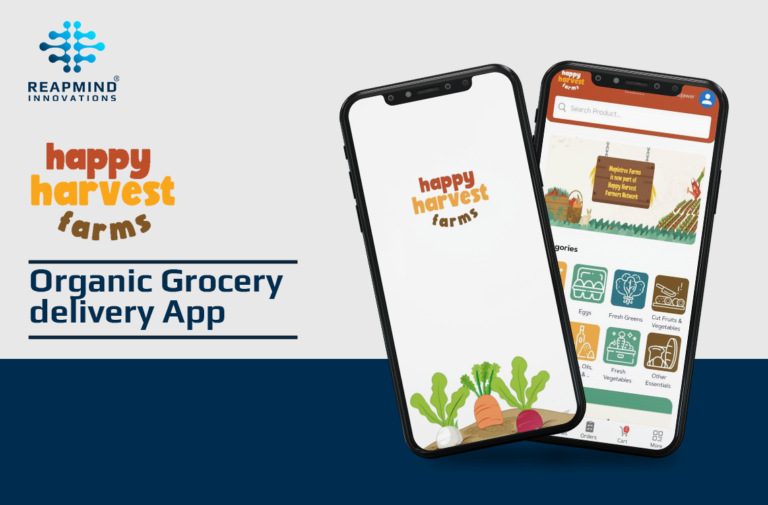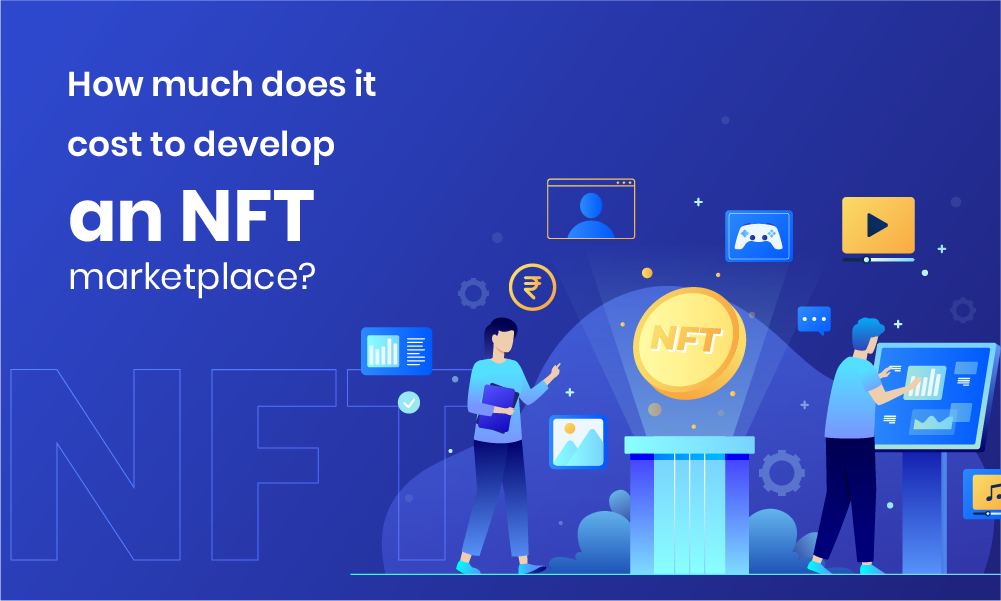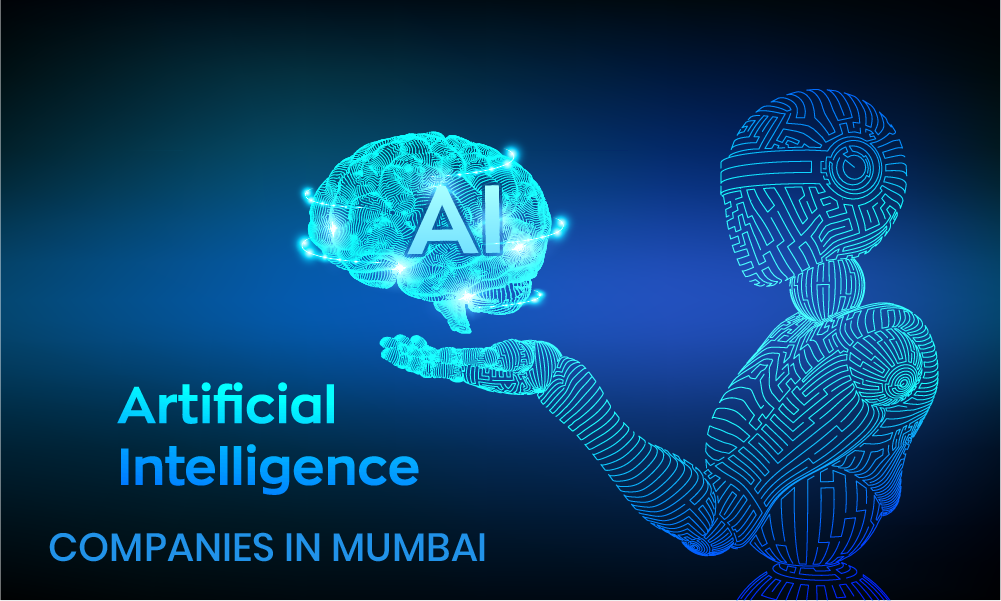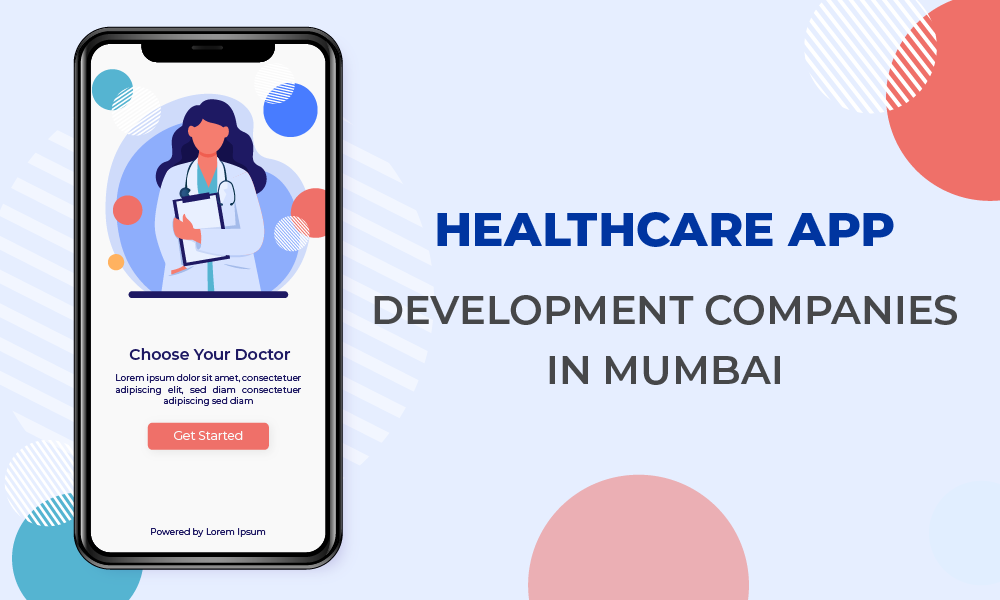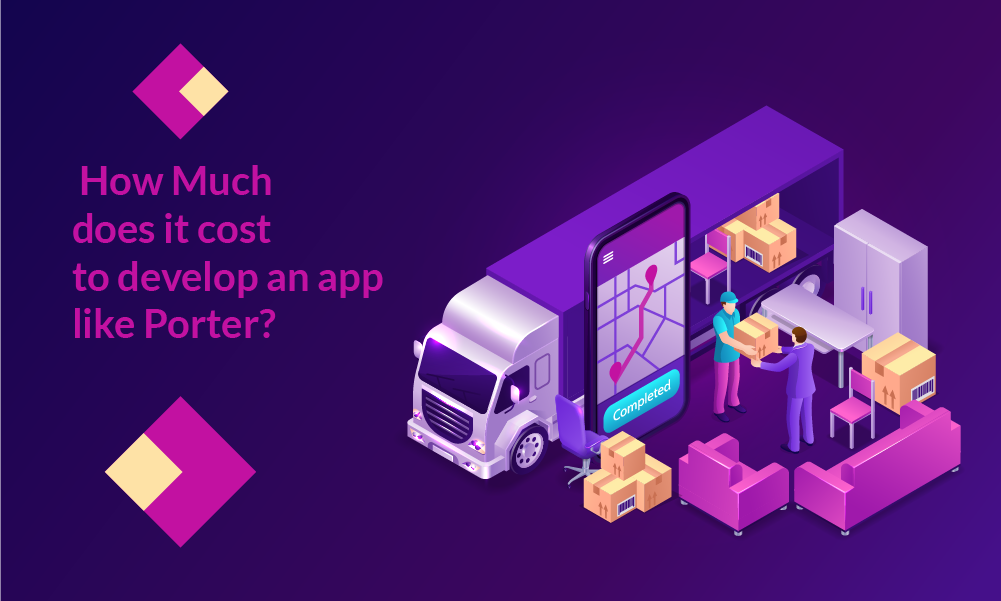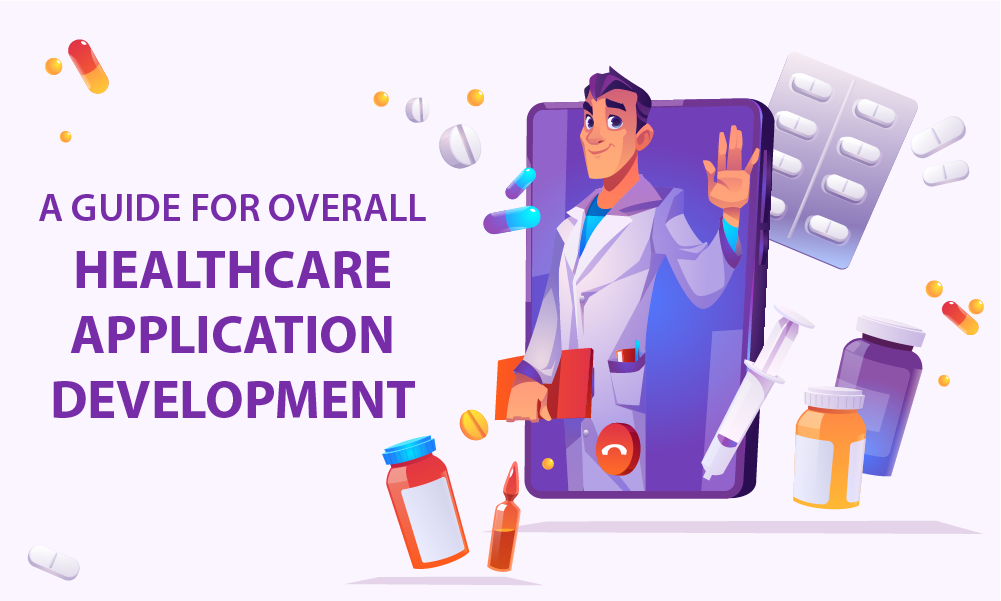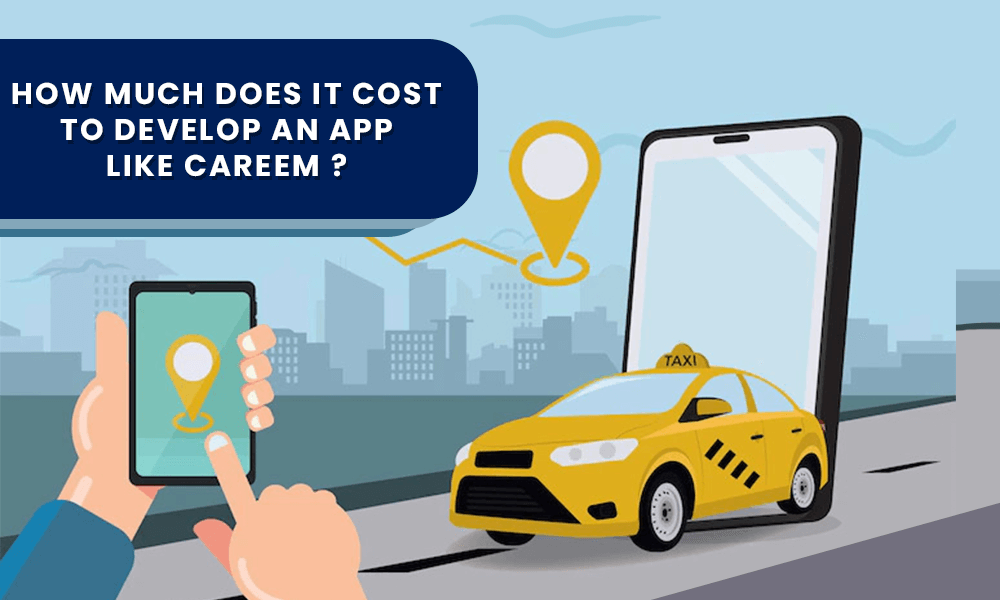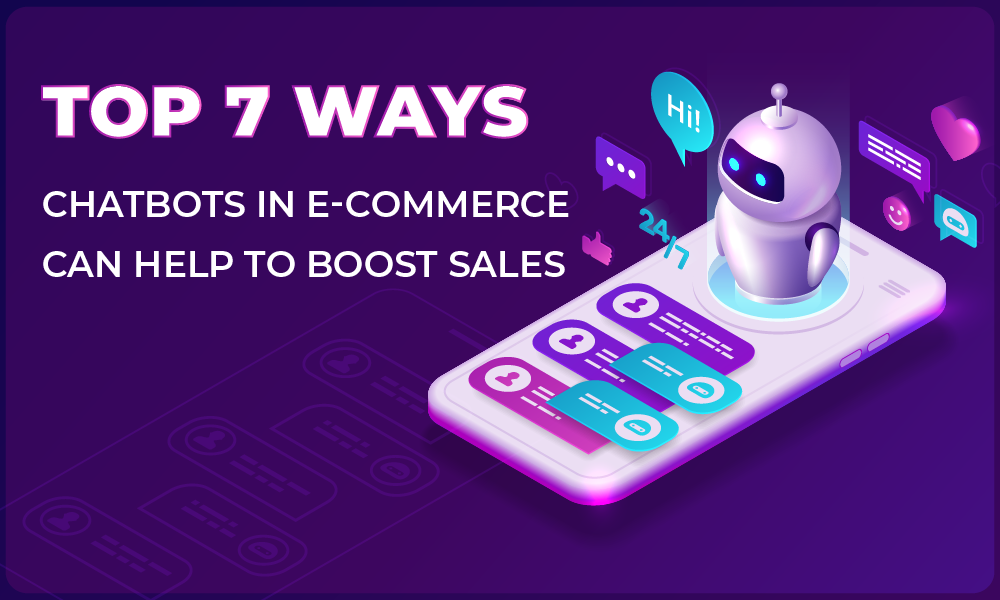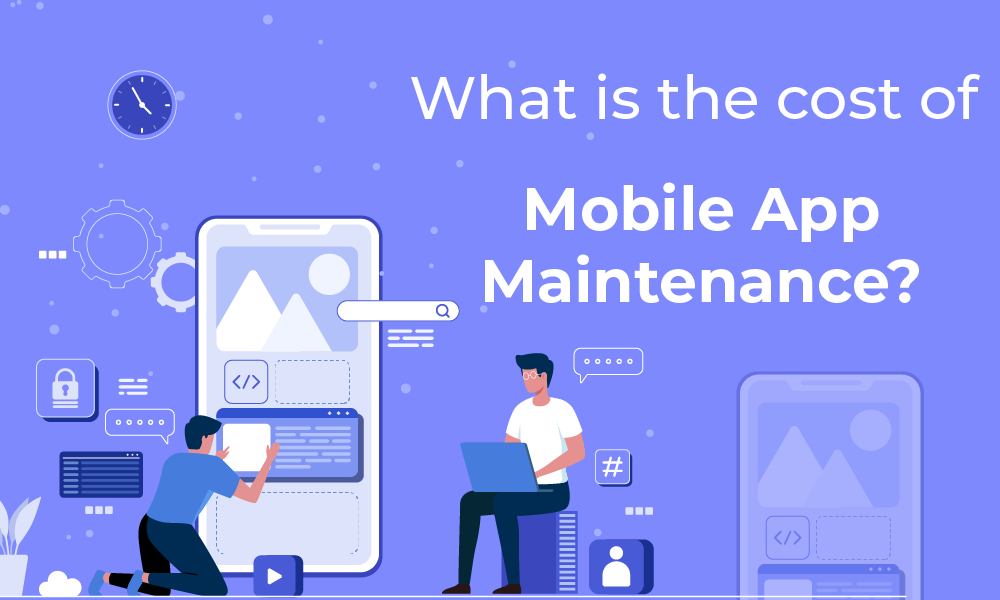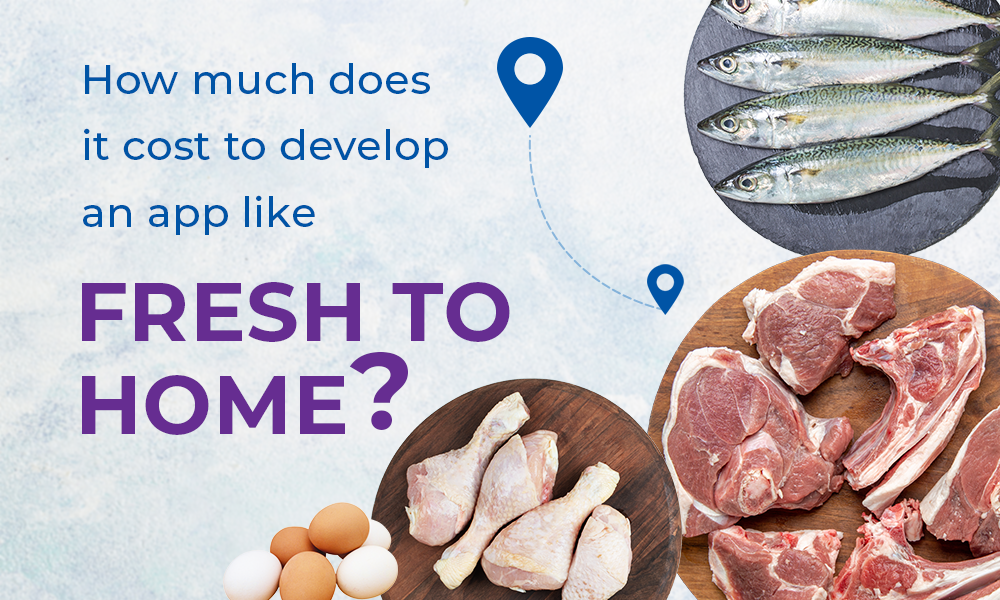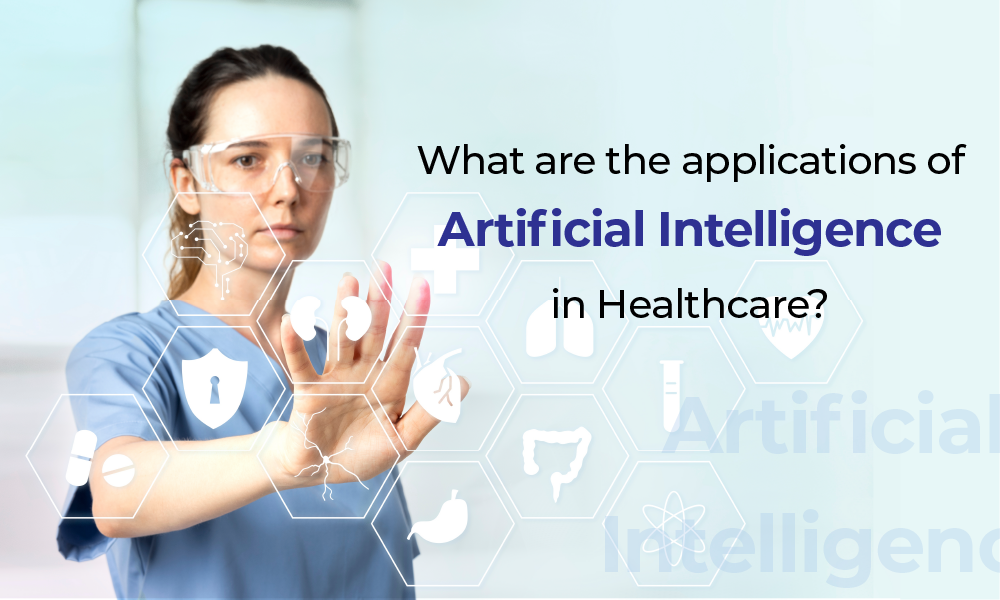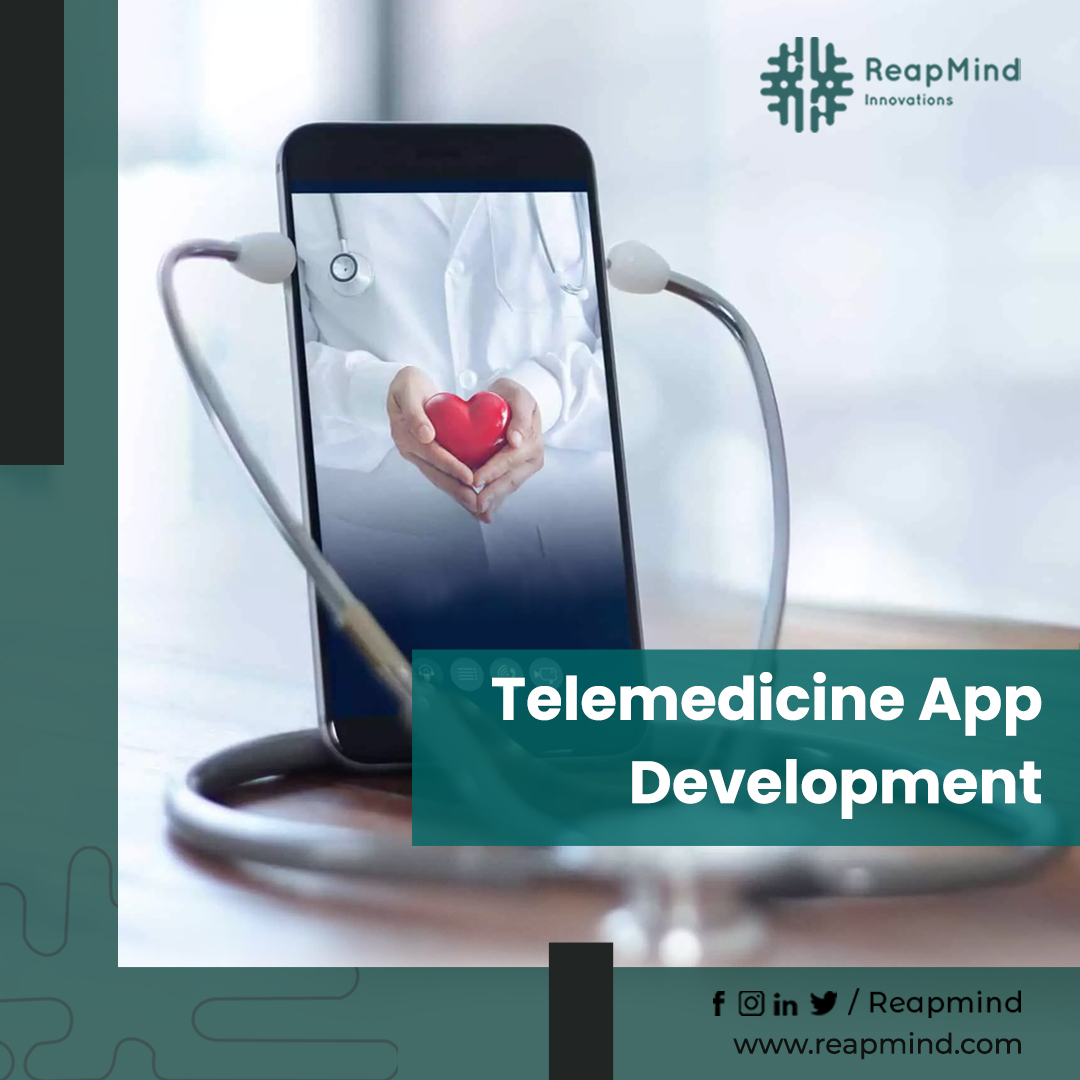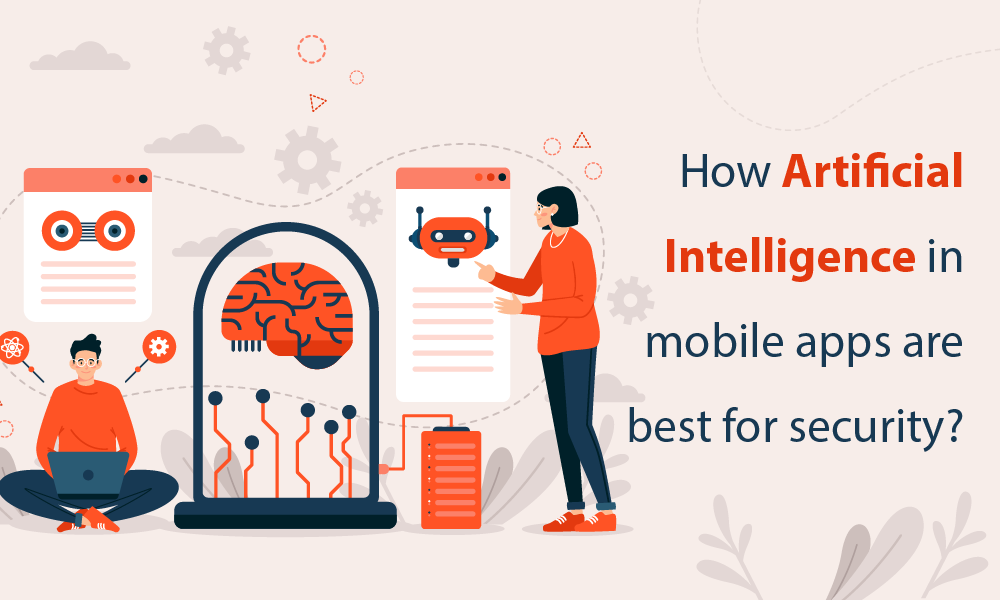Introduction :
From self-driving cars navigating city streets to robots crafting intricate jewelry, artificial intelligence is blossoming in diverse fields, reshaping the landscape of human endeavor. Yet, amid this wave of technological revolution, the agricultural sector stands on the brink of a transformative era.
Traditional farming relied on intuition, but with population growth and climate change, it reaches limits. This is where generative AI, a potent force capable of learning, adapting, and generating entirely new solutions, emerges as a beacon of hope.
According to a PwC report, 72% of agricultural companies anticipate significant AI impact within the next five years. Furthermore, a study by Deloitte indicates that AI-powered solutions have the potential to increase global crop yields by 20% by 2030, depicting a future abundant with intelligent insights driving progress.
But how is this transformative power taking root in agriculture? And what role do leading digital transformation companies like ReapMind play in unlocking this potential?
In this blog, we’ll delve deeper into the ways generative AI is revolutionizing the agricultural landscape, showcasing real-world examples and exploring the challenges that lie ahead.
Understanding Generative AI :
Table of Contents
ToggleGenerative AI, a subset of artificial intelligence, autonomously creates data and content by learning patterns from existing information. Its primary functions include generating new content, mimicking human-like behaviors, and adapting based on processed data.
Generative AI’s versatility makes it a transformative force, pushing the boundaries of automation and creativity across diverse industries. Successful applications of generative AI span various sectors:
- In NLP, generative AI powers chatbots, virtual assistants, and content creation tools, producing human-like text responses and generating written content.
- Generative AI is utilized in art and design, autonomously generating visuals, music, and other creative works.
- In the healthcare sector, generative AI aids in medical research by creating synthetic data for training models and generating hypotheses.
- It is employed for algorithmic trading, risk analysis, and fraud detection, creating predictive models based on historical and real-time data.
In agriculture, generative AI optimizes processes, predicts crop yields, and enhances decision-making. Market surveys project a significant CAGR of 25% in the agricultural AI market by 2025, highlighting its impactful adoption in transforming traditional agricultural practices.
Challenges to Generative AI adoption in the agriculture:
Traditional farming methods are strained as the global population surges, necessitating more efficient, sustainable food production. Generative AI emerges as a beacon of hope with its ability to learn, adapt, and creatively solve challenges, providing a powerful tool to address the demands of our 21st-century food system.
Here are the top 6 challenges we need to overcome:
1. Climate Change:
Erratic weather patterns, including more frequent droughts, floods, and heatwaves, disrupt planting schedules, reduce crop yields, and stress water resources. A 2018 report by the Intergovernmental Panel on Climate Change (IPCC) projected that climate change could reduce global crop yields by up to 25% by 2050.
2. Soil Degradation:
Intensive farming practices, deforestation, and erosion deplete soil organic matter, nutrients, and biodiversity. The World Bank estimates that 34% of the world’s agricultural land is moderately to highly degraded, leading to reduced productivity and increased reliance on fertilizers.
3. Resource Scarcity:
Water scarcity is a growing concern, with agriculture accounting for around 70% of global freshwater withdrawals. Traditional irrigation methods are often inefficient, and competition for water is intensifying as populations and industries grow.
4. Pest and Disease Outbreaks:
Pests and diseases can devastate crops, causing billions of dollars in losses each year. Climate change and increased monoculture farming create ideal conditions for pest and disease proliferation.
5. Labor Shortages:
The aging agricultural workforce and the emigration of young people from rural areas create labor shortages, making it difficult to manage farms efficiently and adopt new technologies.
6. Market Volatility:
Fluctuations in food prices and unpredictable consumer demand make it challenging for farmers to plan their production and secure stable incomes.
Generative AI solutions for agriculture:
By 2050, with a projected global population of 9.7 billion demanding a 56% increase in food production, traditional farming faces challenges like climate change and resource shortages. Generative AI emerges as a vital ally, offering adaptive solutions to reshape agriculture and address the pressing challenges of meeting the escalating demand for food.
- Precision Farming:
Generative AI isn’t just about data; it’s about seeing patterns invisible to the human eye. By analyzing vast datasets from satellites, soil sensors, and weather forecasts, AI models generate hyper-localized insights. Imagine knowing exactly where and how much to irrigate, fertilize, and plant to maximize yield within a single field. This level of precision isn’t just a dream; it’s a reality.
In 2023, a study by Stanford University revealed that AI-powered precision farming increased corn yields by 7.6% on average across participating farms in the US. In Australia, a similar study using AI for cotton farming reduced water usage by 20% while maintaining yields. These are just a glimpse into the transformative power of precision farming, and it’s estimated that the global precision agriculture market will reach USD 13.6 billion by 2027.
- Crop Prediction:
Generative AI doesn’t just analyze the present; it peeks into the future. By learning from historical data and real-time weather patterns, AI models can predict crop yields with remarkable accuracy. This allows farmers to optimize planting schedules, resource allocation, and even insurance coverage, mitigating risks and ensuring financial stability.
A recent report by the World Bank suggests that AI-based crop yield prediction can reduce food insecurity by up to 25% in developing countries. In India, a startup named “Krishblr” uses AI to predict crop yields and market prices, empowering farmers to make informed decisions and fetch fair prices for their produce.
- Pest and Disease Management:
Protecting crops from pests and diseases is crucial for food security. Traditional methods often rely on reactive approaches, leading to significant losses. Generative AI, however, offers a proactive solution. By analyzing images from drones and ground sensors, AI models can detect pests and diseases in their early stages, allowing for targeted interventions and minimizing crop damage.
A 2022 survey by IBM revealed that 72% of farmers believe AI can significantly reduce crop losses due to pests and diseases. In Brazil, a company called “Plantix” uses AI-powered image recognition to identify plant diseases, leading to a 25% reduction in pesticide use and increased crop yields for farmers.
Benefits and Impacts of Generative AI in Agriculture :
Generative AI is not just a technological marvel; it’s a game-changer for the agricultural industry. Its ability to predict, optimize, and automate processes is bringing about a new era of precision. This powerful technology is not just a futuristic concept; it’s delivering tangible benefits today, boosting efficiency, sustainability, and profitability across farms worldwide.
Let’s explore the top 5 benefits and impacts of generative AI in agriculture:
1. Generative AI analyzes data from various sources, including soil sensors, weather forecasts, and historical yield data, to create custom recommendations for each part of the field. This leads to precise irrigation, fertilization, and pesticide application, minimizing waste and maximizing resource efficiency.
2. AI models predict ideal planting times, varieties, and growing conditions based on complex data analysis. This results in increased yields, improved crop quality, and better resistance to diseases and pests.
3. Generative AI helps farmers optimize water usage, reduce reliance on harmful chemicals, and promote regenerative agriculture practices. This leads to a more sustainable food system with a lower environmental footprint.
4. AI-powered robots and machines handle tedious tasks like weeding, planting, and harvesting, freeing up farmers’ time for strategic decision-making and other vital aspects of farm management.
5. Generative AI tools predict market trends and prices, helping farmers make informed decisions about planting, harvesting, and selling their crops. This reduces risk and improves profitability.
Real-World Implementations of Generative Ai in agriculture:
Farms across the globe are reaping the benefits of this transformative technology, boosting productivity, optimizing resources, and paving the path for a greener future. Here are a few inspiring examples:
- Inari (USA):
This AI-powered company uses generative models to design hyper-efficient crops. Their AI, trained on vast datasets, predicts the ideal genetic combinations for specific environments, leading to soybean varieties with reduced oil content but boosted protein—a game-changer for the health food market.
- Farmer.CHAT (India, Ethiopia, Kenya):
This AI chatbot acts as a virtual agricultural consultant, empowering smallholder farmers in underserved regions. By analyzing local data and best practices, Farmer.CHAT delivers personalized advice on crop selection, pest control, and market trends, resulting in increased yields and income for these often marginalized communities.
- Naïo Technologies (Japan):
Automation takes center stage with Naïo’s autonomous robots. The Field Scout, equipped with AI and sensors, navigates fields with precision, weeding, planting, and collecting valuable data. This not only reduces labor costs but also provides insights for optimized resource allocation, boosting overall farm efficiency.
As the technology continues to evolve, we can expect even more innovative applications that will improve efficiency, sustainability, and resilience in the agricultural sector.
Future Prospects and Innovations:
The future of agriculture, intertwined with generative AI, holds exciting prospects for transformative innovations. Ongoing research in AI for agriculture is unlocking innovative solutions to address challenges and enhance productivity.
Let’s dive into what the future has in store!
- Advancements aim to refine predictive models for weather forecasting, disease identification, and crop yield optimization, offering more precise and actionable insights.
- Ongoing research focuses on improving image recognition algorithms, empowering farmers with better tools to monitor crop health and manage pests efficiently.
- Innovations in machine learning algorithms hold the promise of streamlining decision-making processes, enabling more accurate and timely interventions in farming operations.
- The future envisions further integration of AI in precision agriculture, enabling targeted resource allocation and minimizing environmental impact while maximizing yield.
- Generative AI can be utilized to optimize the use of natural resources like water and fertilizers, minimizing waste and environmental impact.
Considerations and Ethical Implications:
The integration of generative AI in agriculture raises crucial ethical considerations. Concerns include data privacy, bias in algorithms, and dependence on large corporations. Unchecked, these could exacerbate existing inequalities and environmental concerns.
These concerns demand responsible AI practices. Transparency in data collection and algorithm development is crucial. Bias detection and mitigation tools must be employed. Human oversight and collaboration remain vital to ensuring AI serves, not replaces, farmers.
At ReapMind, we prioritize data privacy, develop unbiased algorithms, and actively engage with farmers and communities. Our goal isn’t to replace human expertise, but to empower it with AI-driven insights for a more sustainable and equitable agricultural future.
How ReapMind can assist you in boosting agricultural productivity with Generative AI solutions:
The integration of generative AI in agriculture has emerged as a transformative force, offering unparalleled potential for increased efficiency and sustainable practices. ReapMind, as the leading digital transformation company, stands out for its commitment to overcoming the challenges associated with generative AI adoption in agriculture. Let’s delve into why ReapMind is the strategic choice for farmers aiming to harness the power of generative AI.
Why ReapMind?
- ReapMind’s solutions are specifically designed for the agriculture sector, addressing its unique challenges and requirements.
- We prioritize intuitive interfaces, ensuring that farmers, regardless of their technical expertise, can seamlessly adopt and leverage generative AI.
- Tailored to agricultural needs, ReapMind’s AI solutions encompass predictive models, automated machinery controls, and precise disease detection, streamlining farming processes.
- With a dedicated team versed in agricultural AI applications, ReapMind brings deep industry knowledge and cutting-edge technology to the forefront.
- Through ReapMind’s offerings, farmers can experience significant boosts in productivity, optimizing resource usage and decision-making.
- ReapMind’s AI solutions align with sustainable farming practices, promoting efficient resource utilization and reducing environmental impact.
Contact us today to discover how generative AI solutions can elevate your operations and drive success in the agricultural landscape. Let’s connect!
Conclusion:
Parting Words!
The importance of adaption of generative AI in the agriculture industry cannot be overstated. Its role as a transformative force has reshaped farming landscapes, offering innovative solutions to age-old challenges.
Amidst the complexities of adopting generative AI in agriculture, its potential to revolutionize the industry remains unparalleled. That’s where ReapMind steps in!
We offer bespoke, generative AI solutions crafted exclusively for agricultural needs. With our expertise, farmers can unlock the full potential of AI, fostering a future where efficiency and sustainability harmoniously coexist in farming practices.
Trust ReapMind to seamlessly integrate AI technology to transform your agricultural endeavors.
Let’s connect!
FAQs:
1. What is generative AI, and how does it apply to the agriculture industry?
A: Generative AI refers to a type of artificial intelligence that can create new content or data. In agriculture, it is employed to develop predictive models, optimize resource allocation, and enhance decision-making processes.
2. How can farmers integrate generative AI into their existing farming practices?
A: Farmers can integrate generative AI by partnering with tech providers, attending training sessions, and gradually incorporating AI tools into their farming operations.
3. Can generative AI be utilized for crop disease detection and prevention?
A: Yes, generative AI can analyze imagery data to detect signs of crop diseases at an early stage. By doing so, farmers can take proactive measures to prevent the spread of diseases and protect their crops.
4. How accessible is generative AI technology for small-scale farmers?
A: The accessibility of generative AI technology for small-scale farmers depends on factors like cost, infrastructure, and technical expertise.
5. Can generative AI be used for weather prediction in agriculture?
A: Yes, generative AI models can analyze historical weather data and predict future weather patterns. This capability allows farmers to make informed decisions regarding planting, harvesting, and other critical activities.














